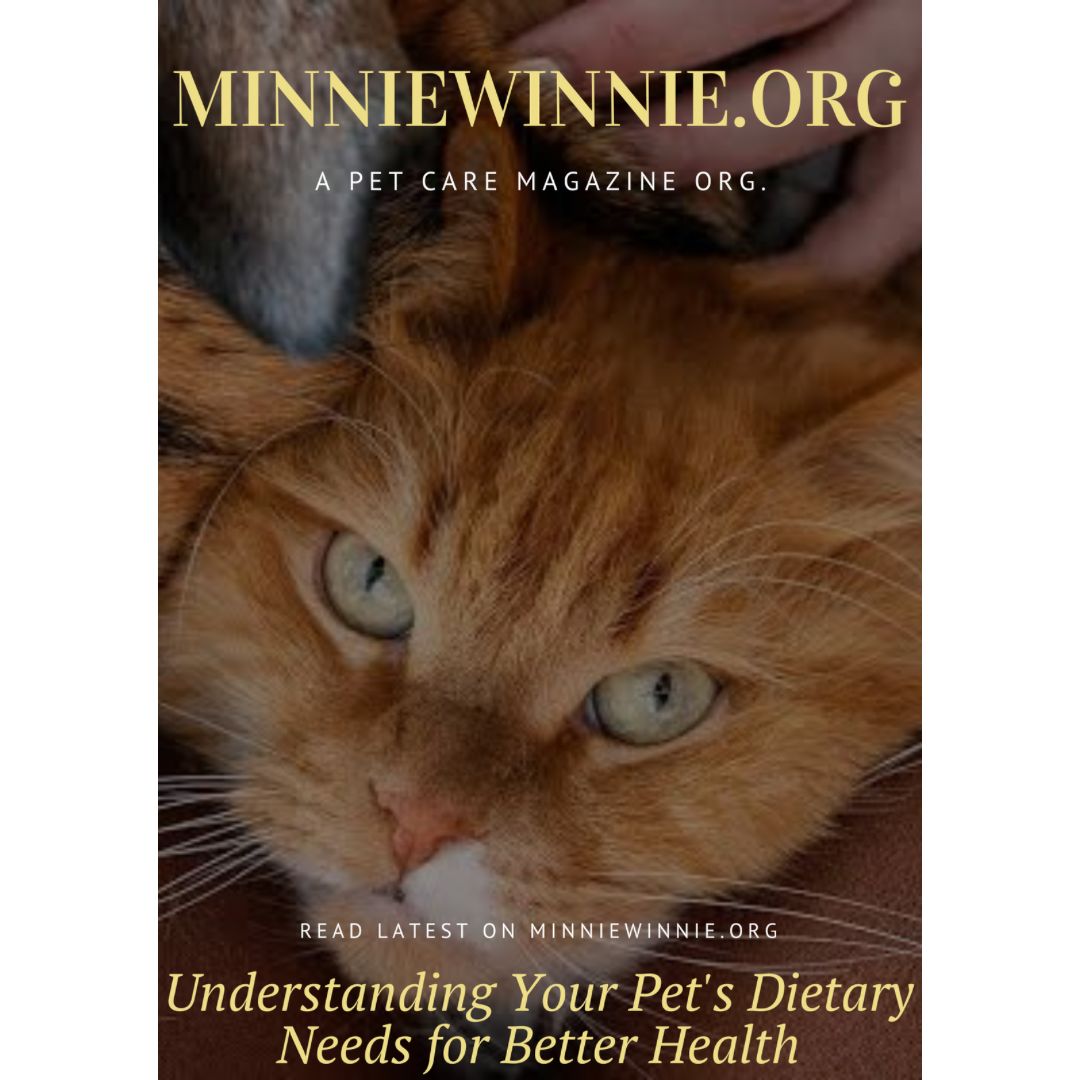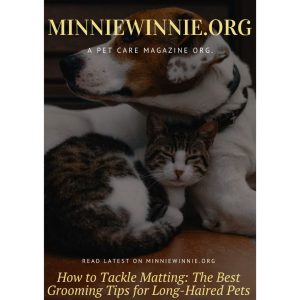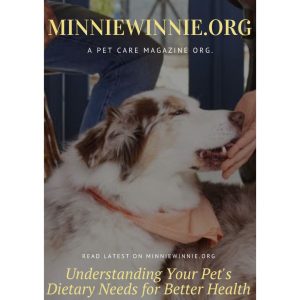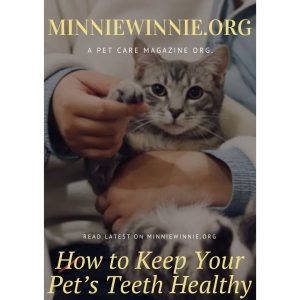Understanding Your Pet’s Dietary Needs for Better Health
Your pet’s diet plays a critical role in their overall health, energy levels, and lifespan. Just like humans, pets have unique dietary needs depending on their age, breed, size, and activity level. Ensuring that your furry companion gets the right balance of nutrients can help them live a long and happy life. Here’s how to understand your pet’s dietary needs for optimal health.
1. Know the Basics of Pet Nutrition
At the core of every pet’s diet are the same essential nutrients needed to maintain good health. These nutrients include:
- Proteins: Crucial for muscle growth, repair, and immune function. Animal-based proteins, such as chicken, beef, or fish, are generally the best sources for dogs and cats.
- Fats: Provide energy and support a healthy coat and skin. Omega-3 and omega-6 fatty acids are especially beneficial.
- Carbohydrates: Offer energy, especially for active pets. While not as essential as proteins and fats, carbohydrates from vegetables and grains can still play a role in a balanced diet.
- Vitamins and Minerals: Help regulate metabolic processes and support everything from bone health to immune function. Essential vitamins for pets include vitamins A, D, E, and certain B vitamins.
- Water: Often overlooked, water is essential for all bodily functions, including digestion, circulation, and temperature regulation.
2. Age-Specific Dietary Needs
Pets have different nutritional requirements at different stages of life. Here’s how their dietary needs change over time:
- Puppies and Kittens: These growing pets need more calories, proteins, and fats to support rapid growth and development. Specially formulated puppy or kitten food provides these nutrients in the right amounts.
- Adult Pets: Once they reach adulthood, pets typically need fewer calories than they did during their growth phase. A balanced diet with moderate levels of protein, fat, and fiber is important to maintain a healthy weight and prevent obesity.
- Senior Pets: As pets age, they may require diets lower in calories but higher in fiber to support digestion and prevent weight gain. Senior pet food formulas often contain additional nutrients, like joint-supporting glucosamine and omega-3 fatty acids.
3. Tailoring Diet to Breed and Size
Different breeds and sizes of pets have unique dietary requirements. Here’s how to consider these factors when choosing food:
- Small Breeds: Small dogs and cats often have faster metabolisms and may need more calorie-dense food in smaller portions. They can also benefit from smaller kibble sizes for easier chewing and digestion.
- Large Breeds: Larger dogs are prone to joint issues, so their diet should include joint-supporting nutrients like glucosamine and chondroitin. Large-breed formulas are also designed to support their slower metabolism.
- Specific Breeds: Some breeds are more prone to certain health issues that can be managed or prevented with diet. For example, Dalmatians may need lower protein diets to avoid kidney stones, while Persian cats benefit from food that promotes skin and coat health.
4. Recognizing Food Allergies and Sensitivities
Just like humans, pets can develop allergies or sensitivities to certain ingredients in their food. Common signs of food allergies include:
- Itchy skin or excessive scratching
- Digestive issues, such as vomiting or diarrhea
- Ear infections
- Licking paws excessively
If your pet shows any of these symptoms, they may need a hypoallergenic or limited-ingredient diet. Consult your vet to determine the best course of action and which ingredients to avoid, such as certain proteins (e.g., beef, chicken) or grains.
5. Importance of Portion Control
Overfeeding is a common issue that can lead to obesity and related health problems, such as diabetes, arthritis, and heart disease. To avoid this, follow portion guidelines based on your pet’s weight, age, and activity level.
- For dogs: Measure their food based on the feeding recommendations on the label and adjust based on their energy needs. Treats should make up no more than 10% of their daily caloric intake.
- For cats: Cats tend to graze throughout the day, so consider using measured portions to control their calorie intake and avoid obesity.
6. The Role of Treats in a Healthy Diet
While treats are a great way to reward and bond with your pet, it’s essential to be mindful of how they fit into your pet’s overall diet. Too many treats can contribute to weight gain and nutritional imbalances. Look for healthy treats with natural ingredients, and limit treats to a small percentage of your pet’s daily caloric intake.
7. Wet vs. Dry Food: What’s Best?
Both wet and dry pet food have their benefits, and the best option depends on your pet’s specific needs:
- Dry food (kibble): Often more convenient and cost-effective, dry food can help maintain dental health by reducing plaque buildup. However, it’s essential to ensure your pet drinks enough water when consuming dry food.
- Wet food: Contains higher moisture content, which can be beneficial for pets prone to urinary tract issues or dehydration. Wet food is also more palatable for picky eaters or older pets with dental problems.
Many pet owners find that a combination of both wet and dry food provides the best balance.
8. Consult with Your Vet
Every pet is unique, and their dietary needs may change over time due to health conditions, lifestyle changes, or age. Regular veterinary check-ups are crucial to ensuring your pet is on the right diet for their needs. Your vet can also help identify any nutrient deficiencies, allergies, or health concerns related to diet.
Conclusion
Understanding your pet’s dietary needs is key to promoting their long-term health and happiness. By providing a balanced, nutrient-rich diet tailored to their age, size, breed, and lifestyle, you can help your pet maintain a healthy weight, prevent common health problems, and enjoy a vibrant, active life. Regular vet visits and monitoring your pet’s eating habits will ensure that their diet continues to meet their evolving needs.










